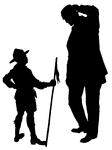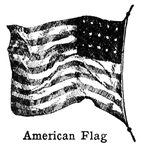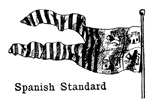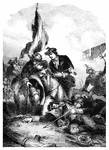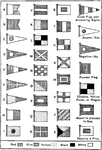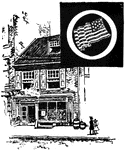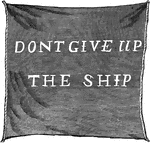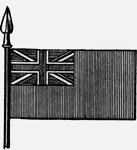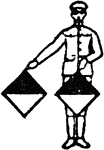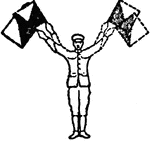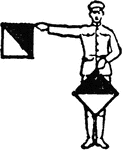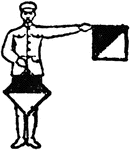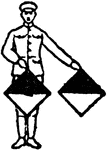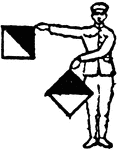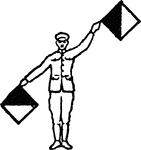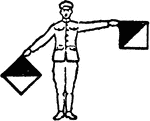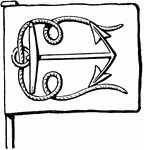
Anchor
"This charge is borne with a cable, and set fesse-wise, by the British Admiralty; but it is usual to…
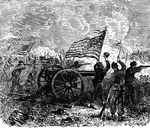
Battle of Atlanta
Showing the Battle for Atlanta, which Sherman won for the Union during the Civil War.
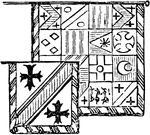
Banner Roll
"BANNER ROLL is a small square flag containing a single escutcheon of the deceased. Thus, if there are…
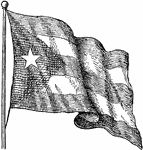
Cuban Flag
The flag of Cuba was adopted on May 20, 1902, containing a field with five blue and white stripes, and…
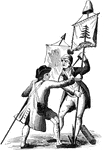
The Pine Tree Flag
The "Pine Tree Flag" is a generic name for a number of flags used by Massachusetts and by New England…
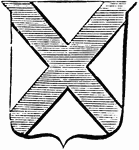
Saltire Flag
In heraldry, an ordinary in the form of St. Andrew's cross, formed by two bends, dexter and sinister,…

Union Flag
"Congress also enacted that the Union Flag should be 'thirteen stripes, alternate red and white, and…

Gonfanon
The gonfalon, gonfalone (from the early Italian confalone) is a type of heraldic flag or banner, often…
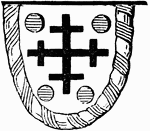
Guidon
"GUIDON. A small semi-oval flag used in funeral processions. It is generally charged with the paternal…
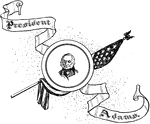
John Quincy Adams
The sixth President of the United States of America, John Quincy Adams. His face is shown in a seal…

Battle of New Berne
"Battle of New Berne- Lieutenant Hammond capturing Colonel Avery, of South Carolina, while he was endeavoring…

Rochester Castle as Seen from the Northwest
Illustration of the Norman-built Rochester castle. The architect of the castle was Gundulf, a Norman…
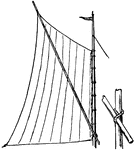
Sprit sail
"A fore-and-aft sail, bent to the mast at the weather leech, and having the after peak stretched by…
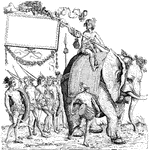
The Savages of Calicut
The Savages of Calicut, from the engraving 'The Triumphal Procession' by Hans Burgkmair.

